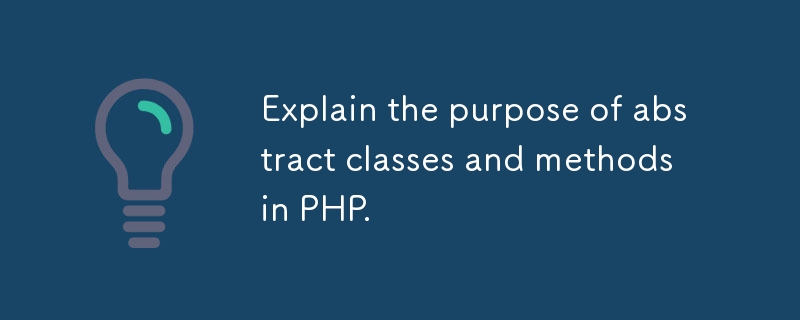Found a total of 10000 related content

Why Can\'t Go Methods Defined on *T Be Used by T?
Article Introduction:Why Go Disallows Method Sets on *T to Be Used by TIn Go, methods defined on a value type T can be used by both T and *T, while methods defined on...
2024-10-31
comment 0
996
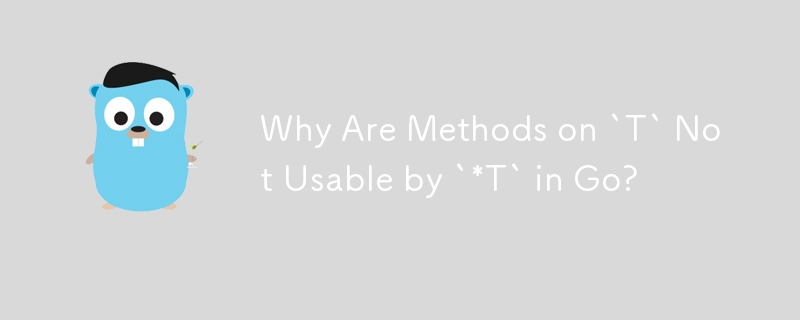
Why Are Methods on `T` Not Usable by `*T` in Go?
Article Introduction:Why Go Discriminates Method Sets on T and *TIn Go, methods defined on a type T can be used by both T and T, while methods on T cannot be used by...
2024-10-31
comment 0
665
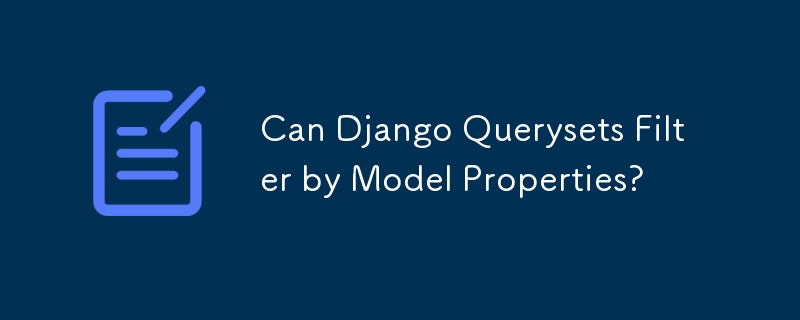
Can Django Querysets Filter by Model Properties?
Article Introduction:Filtering Django Querysets by Model Property: Understanding LimitationsWhile Django querysets offer extensive filtering capabilities, they cannot directly filter by model properties. Properties are custom attributes defined in model classes and calcu
2024-10-17
comment 0
642
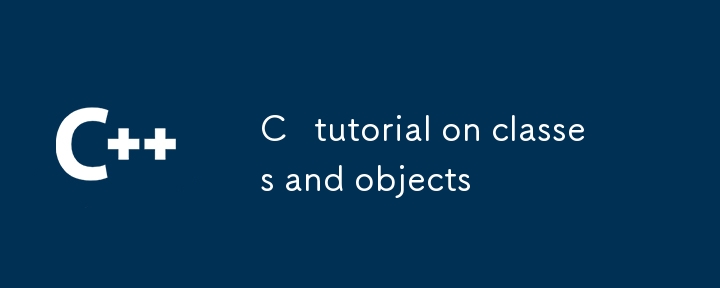
C tutorial on classes and objects
Article Introduction:In C, a class is a user-defined data type, a method to encapsulate and manipulate data, and an object is a specific instance of the class. 1. The class keyword is used to define the class, including member variables and member functions, and control visibility through access modifiers; 2. The object can be directly declared, defined or initialized by batches; 3. The constructor is used to initialize the object, without a return type, and can be overloaded; 4. Encapsulate the data protected through private, provide public method access and add verification logic. Mastering classes and objects is the basis for understanding OOP characteristics such as inheritance and polymorphism.
2025-06-30
comment 0
576
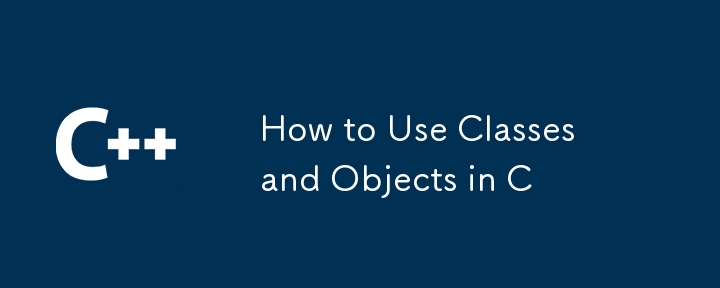
How to Use Classes and Objects in C
Article Introduction:The core of using classes and objects in C is to understand the basic concepts of classes as templates and objects as instances, and to master the encapsulation, construction and destruction mechanisms. 1. Classes are defined using class or struct. The default access rights are different. Member variables and functions can be set to private and public respectively. 2. Objects can be created through the stack or heap. Objects on the heap need to be manually released to avoid memory leaks. 3. Constructors are used to initialize objects, and destructors are used to clean up resources; 4. Complex relationships can be built between classes through combinations, making the program more flexible and easy to maintain. By mastering these key points, you can write object-oriented code with clear structure and clear logic.
2025-07-15
comment 0
217

JavaScript and PHP Libraries Used by WordPress
Article Introduction:WordPress deeply relies on third-party JavaScript and PHP libraries, among which jQuery is the most widely used JavaScript library, and the PHP library is mainly composed of a single class file. Other JavaScript libraries used include jQuery Masonry, jQuery Hotkeys, jQuery Suggest, jQuery Form, jQuery Color, jQuery Migrate, jQuery Schedule, jQuery UI, Backbone, colorpicker, hoverIntent, S
2025-02-17
comment 0
839
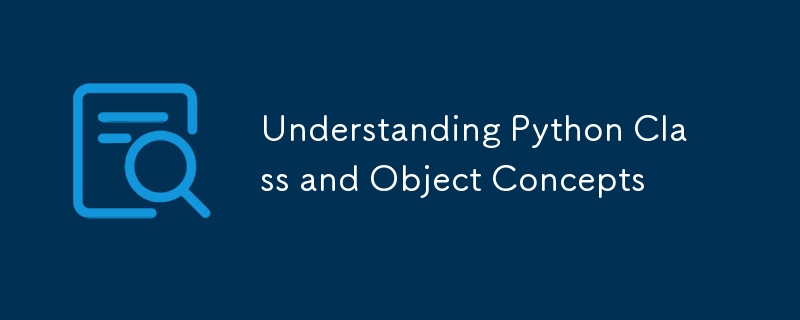
Understanding Python Class and Object Concepts
Article Introduction:Classes and objects are the core of Python object-oriented programming. Classes are templates that describe objects with the same properties and behaviors. Objects are concrete instances of classes. 1. The class is defined using the class keyword, and uses the big camel nomenclature to initialize attributes through the init method; 2. The object is created through the class, and the attributes and calls methods can be accessed. Self represents the object itself and must be the first parameter of the method; 3. The attributes are used to store data, and the method is used to perform operations. It is recommended to unify the attributes in init; 4. The class variables belong to the class itself and are shared by all instances, while each instance variable is owned independently; 5. The mutable objects such as lists should not be directly set in the class by default, otherwise they will be shared by all instances, and should be initialized in init to avoid
2025-07-09
comment 0
775
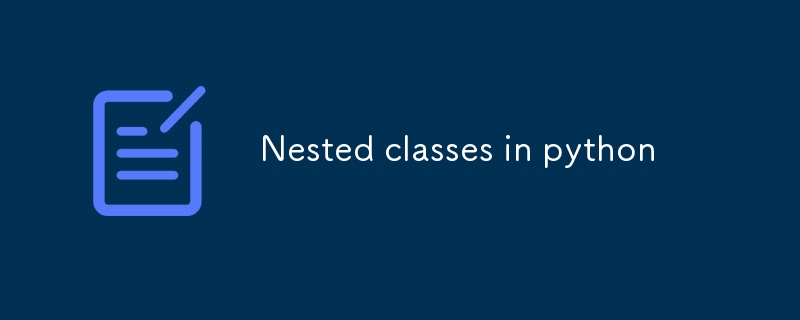
Nested classes in python
Article Introduction:In Python, nested classes are used to improve structural clarity between logically closely related classes. For example, when nesting Engine classes in Car class, they can be defined through classCar:classEngine: and accessed through Car.Engine(). Its advantages include namespace management, readability improvement and auxiliary design patterns, but attention should be paid to avoid unrelated nesting, multi-layer nesting and over-encapsulation to avoid increasing maintenance difficulties.
2025-07-02
comment 0
501
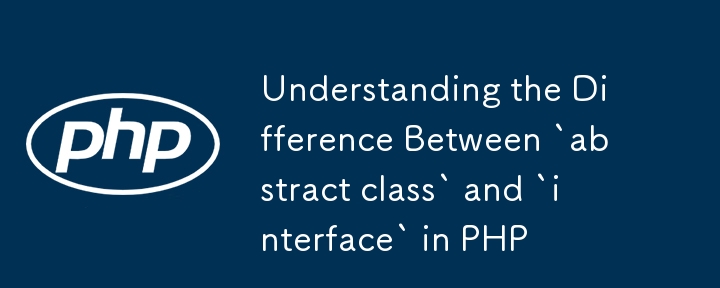
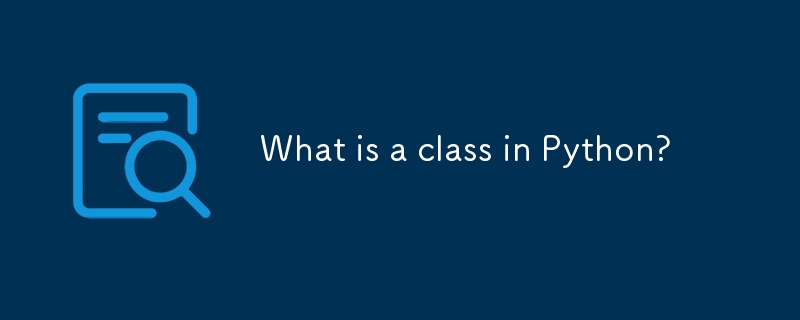
What is a class in Python?
Article Introduction:Classes in Python are blueprints for creating objects, which contain properties and methods. 1. An attribute is a variable belonging to a class or its instance, used to store data; 2. A method is a function defined in a class, describing the operations that an object can perform. By calling the class to create an object, for example, my_dog=Dog("Buddy"), Python will automatically call the constructor __init__init__init object. Reasons for using classes include code reusability, encapsulation, abstraction, and effective modeling of real-world entities. Classes help keep the code clear and maintainable when building complex systems.
2025-07-09
comment 0
166
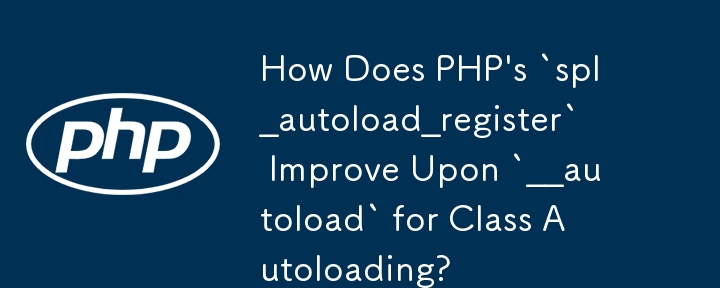
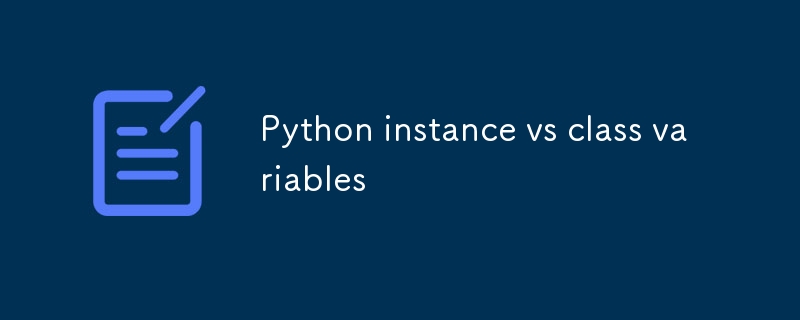
Python instance vs class variables
Article Introduction:Class variables are variables that are defined in a class but not in any method, belong to the class itself and are shared by all instances. ① Class variables are defined at the class level, and all instances share the same data by default; ② Modifying class variables requires the class name operation, otherwise an instance variable with the same name will be created without affecting other instances; ③ Instance variables are defined by self, and each object has an independent copy of the data, which is used to store object-specific status information.
2025-07-04
comment 0
884

What are anonymous classes in PHP and when might you use them?
Article Introduction:The main function of anonymous classes in PHP is to create one-time objects. 1. Anonymous classes allow classes without names to be directly defined in the code, which is suitable for temporary requirements. 2. They can inherit classes or implement interfaces to increase flexibility. 3. Pay attention to performance and code readability when using it, and avoid repeatedly defining the same anonymous classes.
2025-04-04
comment 0
1150
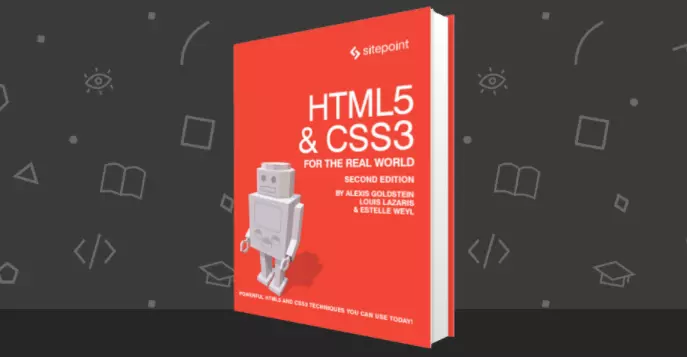
Pseudo-classes - The Basics
Article Introduction:(Adapted from "HTML5 & CSS3 for the Real World" by Alexis Goldstein, Louis Lazaris and Estelle Weyl)
Core points
CSS pseudo-classes are used to define the special state of elements, including structure, user operations, input and negation pseudo-classes and other types. They can style elements based on the location of the element in the document tree, user interaction, form element state, or elements that do not match a particular selector.
Some pseudo-classes may have security issues, such as: visited pseudo-classes, which can be used by an attacker to check the user's browsing history. Modern browsers are restricted to:visite
2025-02-17
comment 0
563
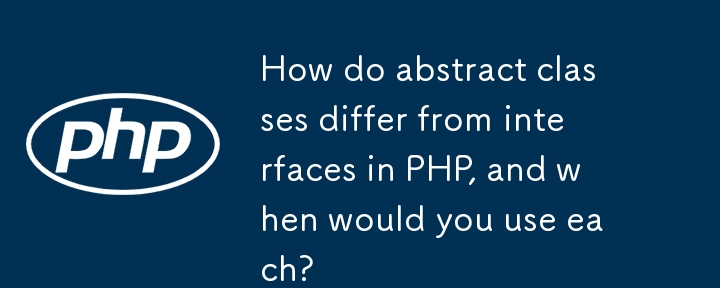
How do abstract classes differ from interfaces in PHP, and when would you use each?
Article Introduction:Abstract classes and interfaces have their own uses in PHP. 1. Abstract classes are used to share code, support constructors and control access, and include abstract methods and concrete methods. 2. The interface is used to define behavior contracts. All methods must be implemented and are public by default, and support multiple inheritance. 3. Since PHP8, the interface can contain default methods to implement, but there is still no constructor or state. 4. When using abstract classes, you need to encapsulate implementation details; when using interfaces, you need to define cross-class behavior or build plug-in systems. 5. Can be used in combination: abstract classes implement interfaces or combine multiple interfaces into one abstract class. Select whether the structure plus sharing behavior (abstract class) or only the structure (interface).
2025-06-04
comment 0
1109
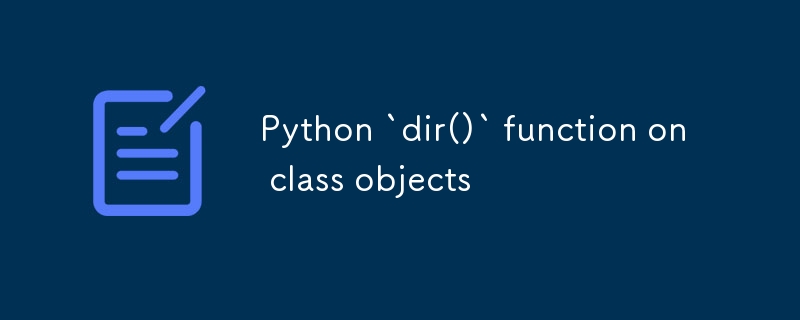
Python `dir()` function on class objects
Article Introduction:The dir() function is used in Python to list all properties and methods of a class, including inherited members. When you use dir() on a class, it returns all available names of the class, such as defined methods, properties, and built-in properties automatically added by Python such as __doc__, __module__, __dict__, etc. By default, these built-in properties are displayed as default values. If the class has an inheritance relationship, dir() will also display the methods and properties in the parent class, because its search scope includes the current class and all its base classes. In order to quickly identify the content you define, you can compare the dir() output of the empty class or use __dict__ to view the properties and methods defined by the current class itself, so that
2025-07-04
comment 0
884
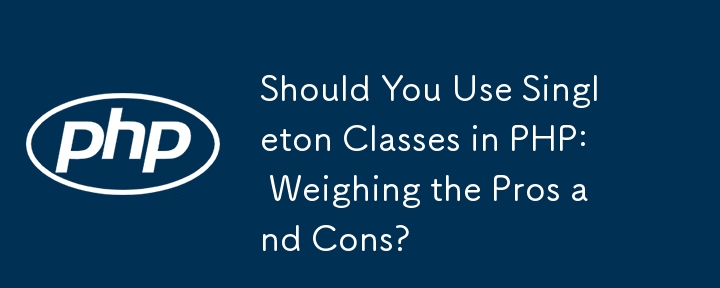
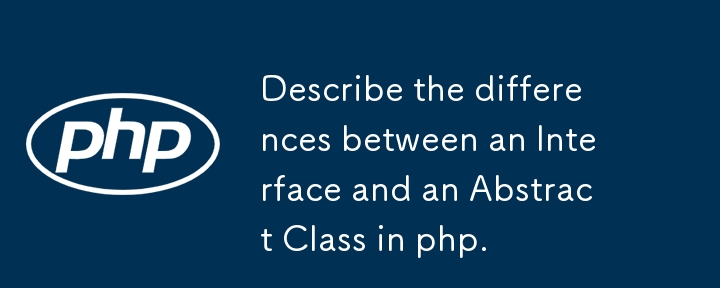
Describe the differences between an Interface and an Abstract Class in php.
Article Introduction:Interfaces define behavioral specifications, and abstract classes provide partial implementations. The interface only defines methods but does not implement them (PHP8.0 can be implemented by default), supports multiple inheritance, and methods must be public; abstract classes can contain abstract and concrete methods, support single inheritance, and members can be protected or public. Interfaces are used to unify behavioral standards, realize polymorphism, and multiple inheritance; abstract classes are used to encapsulate public logic and share partial implementations. Selection basis: Use interfaces when you need to flexibly define behaviors, and use abstract classes when you need to share logic.
2025-07-08
comment 0
436
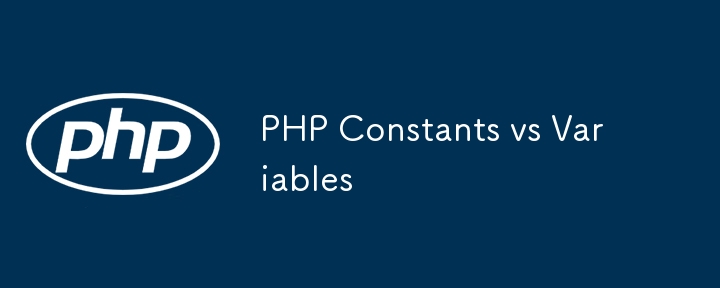
PHP Constants vs Variables
Article Introduction:The constant value is immutable, and the variable value is variable. Const is defined with define() or const and cannot be modified and is used to store fixed information such as configuration and status code; variables are defined with $ and can be modified multiple times, suitable for dynamic data such as user input. Global access for constants does not require global, and global or $GLOBALS is required for variable scope limitations. Selection by: Whether the value changes, such as constants used in database information, and variables used in user login status. Note: Constant names are all capitalized, value-limited scalar types, PHP8.1 supports arrays, variable names cannot start with numbers, avoid mutable variables, use defined() to check whether they exist.
2025-07-16
comment 0
677



















